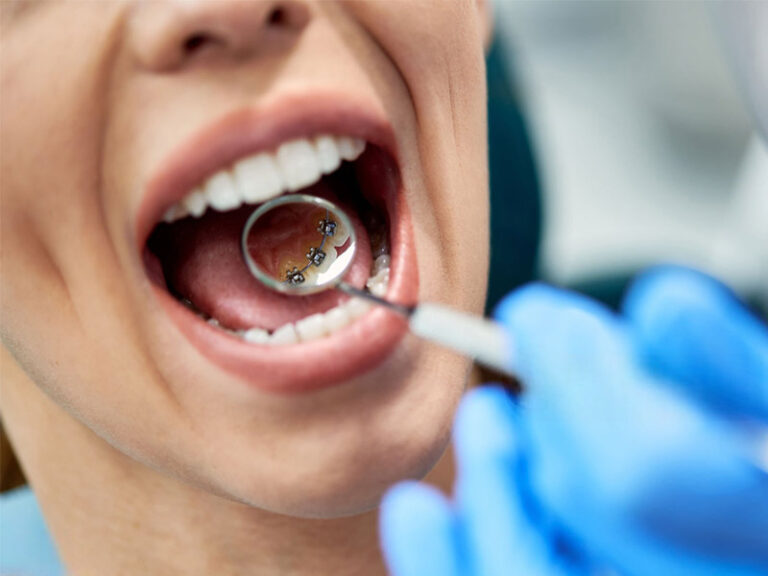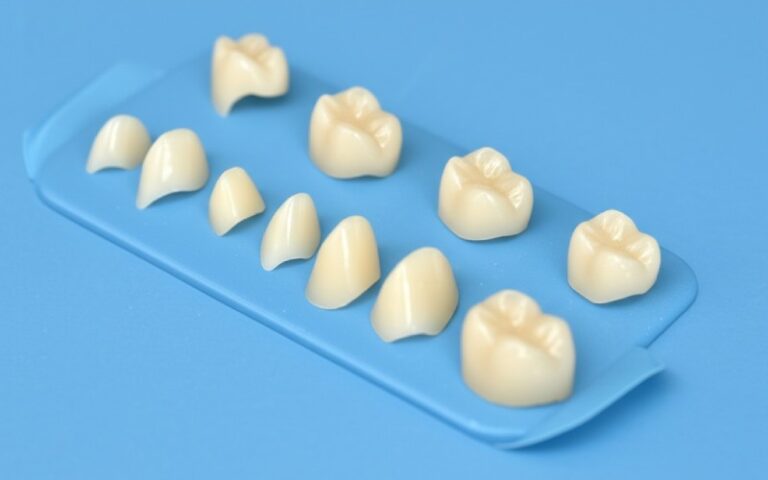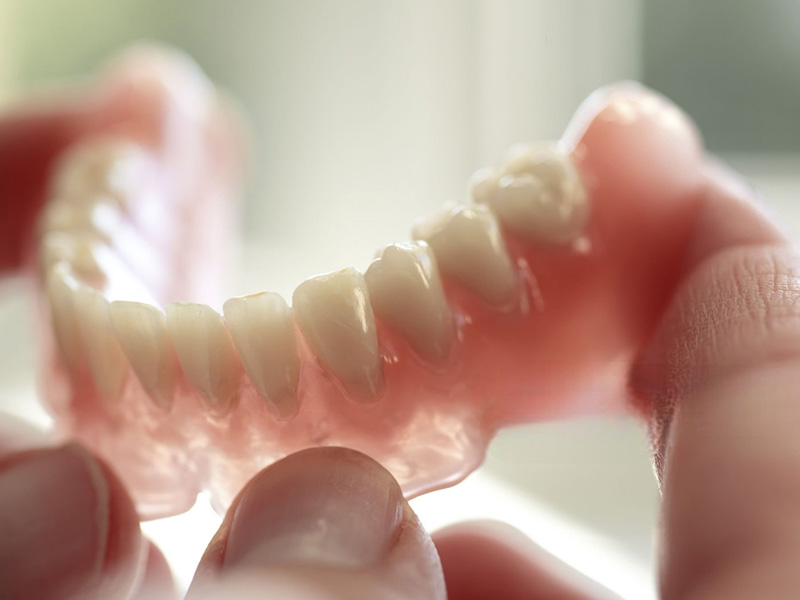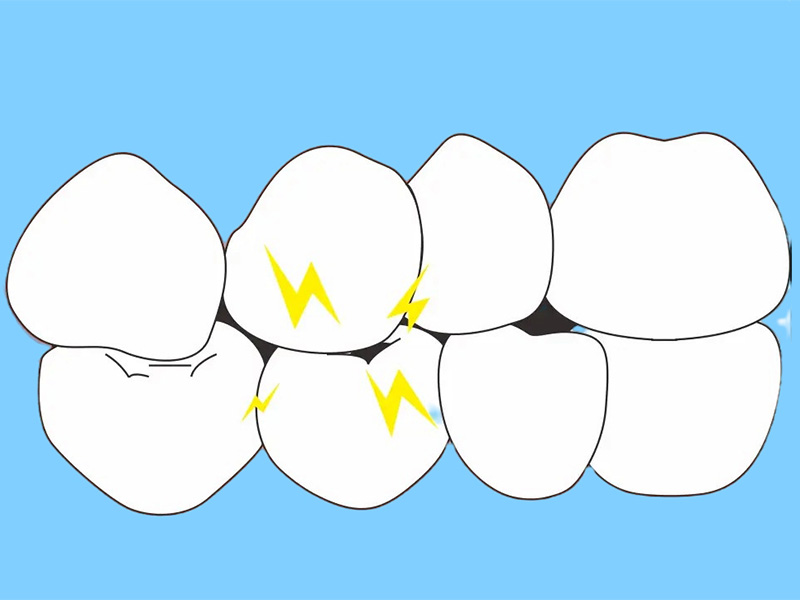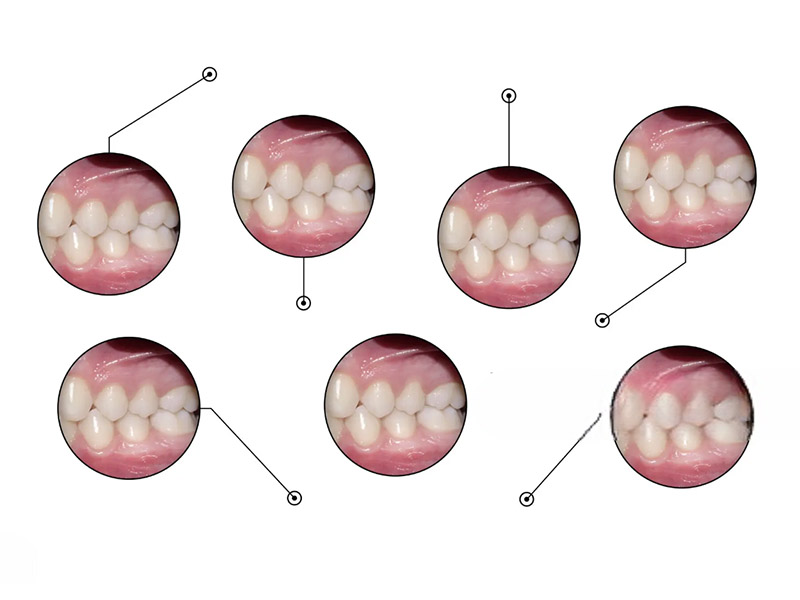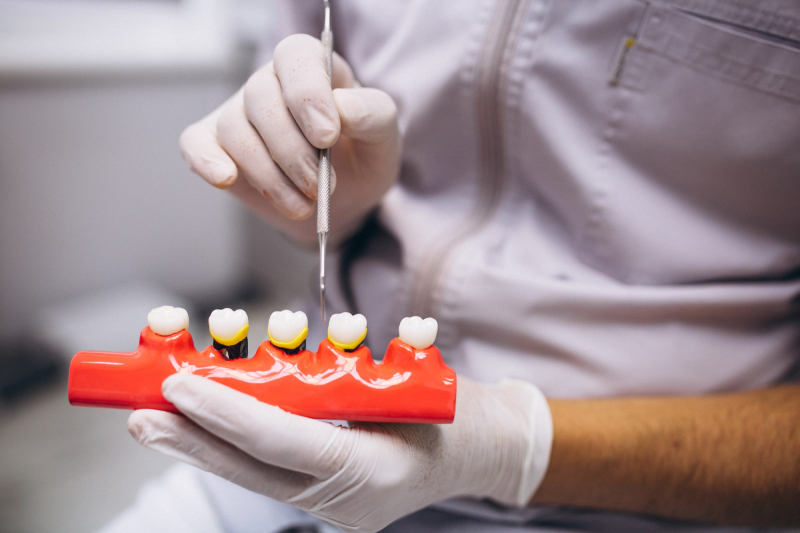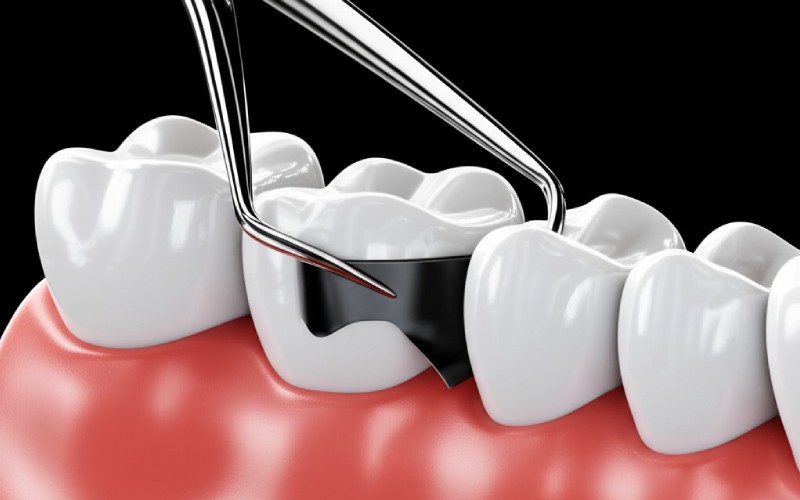
That Perfect Filling: Your Guide to the Secret Hero of Getting a Filling – The Dental Matrix
You know the drill. You leave the dental office, mouth all numb but feeling good about things. You listened to your dentist and finally got that cavity fixed. But then a few days go by and you notice something… isn’t quite right. Food keeps getting jammed in the space next to your new filling. Your floss shreds every single time you try to clean it. Or maybe the side of the tooth just feels weird and flat.
If that sounds familiar, you’re not crazy. It’s a real problem. You might start to wonder “Did I do something wrong? Is this just how fillings are now?”
The answer is almost always no. The difference between a great, comfortable filling and one that drives you nuts often boils down to a tiny, overlooked, but super important tool: the dental matrix. You can think of it as the secret hero of fillings. It’s the special tool that helps your dentist make a filling that feels like your actual tooth not just a patch.
This guide will show you what’s going on behind the scenes with this key piece of dental tech. We’ll explain what a matrix is, why it matters so much, and how new tools are making fillings way more comfortable for you. Knowing this stuff helps you see the skill that goes into your fillings and talk more confidently with your dentist.
Table of Contents
The Big Problem: Why Filling a Tooth is So Tricky
Before we can get the solution, you have to understand the problem. Picture a cavity on the side of a tooth right up against the next one. This is super common and dentists call it a Class II lesion. Once your dentist cleans out all the decay, they have a hole that’s missing one of its walls.
It’s like trying to fill a box that’s missing a side. What would happen if you just poured the filling goop in? It would spill everywhere, stick to the tooth next door, and make a shapeless blob. It wouldn’t have the right shape and you definitely couldn’t clean it.
This is the main problem with most fillings. A dentist has to:
- Hold the filling material (like composite resin or amalgam) in place.
- Rebuild the natural, curved shape of the tooth.
- Make sure the new filling touches the tooth next to it perfectly.
This isn’t just for looks. That spot where the teeth touch is super important. It stops food from getting packed between your teeth which protects your gums and stops new cavities from starting in that tough-to-clean spot. So how do they solve this puzzle? They build a temporary wall.
The Secret Hero: Introducing the Dental Matrix
A dental matrix is that temporary wall. It’s a small, carefully made band, usually metal or clear plastic, that your dentist wraps around your tooth before they put the filling in.
What it does sounds simple but it’s actually pretty tricky to get right. It’s like a construction mold for your filling. For example, if you were pouring a curvy concrete path in your yard, you’d build a wooden form first to give it shape. A dental matrix does the exact same thing for your tooth but on a much, much smaller scale.
A great matrix system does three super important jobs:
- It Holds: First, it holds the filling stuff in place so it doesn’t leak out and create little ledges (called overhangs) that trap gunk and bother your gums.
- It Shapes: Your teeth aren’t flat. They have nice, gentle curves. A good matrix helps the dentist rebuild that natural curve so the tooth works right and feels normal.
- It Creates the Touch: This might be its most important job. The matrix helps make a firm, tight proximal contact with the tooth next door. When it’s done right, you’ll hear a nice ‘thwack’ when you floss. That’s the sign of a job well done.
For a long time, there was basically one way to do this. But as you’ll see, modern dentistry has come up with some incredible new tricks.
A Tale of Two Techniques: Not All Fillings Are Made the Same
Like everything else, dental tools and methods get better over time. The way dentists place fillings has improved a ton and a lot of that is thanks to better matrix systems. Let’s compare the old-school way with the new-school way.
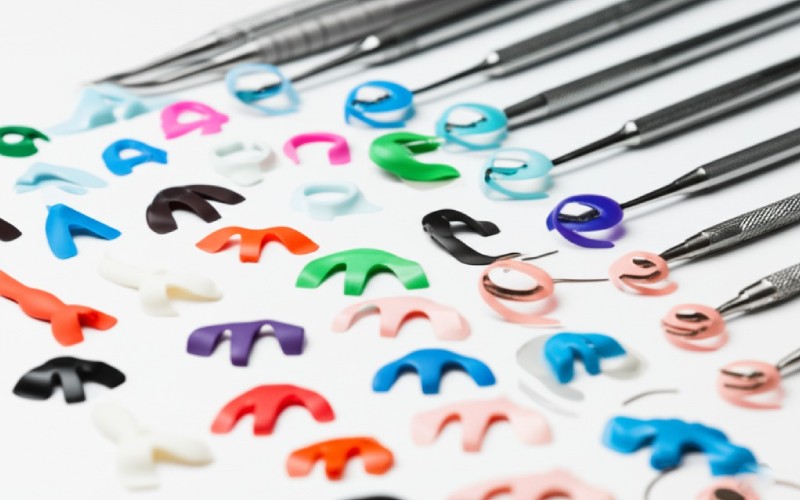
The Old-School Way: The Metal ‘Lasso’ (Circumferential Matrix Systems)
For years, the main tool for this job was the Tofflemire matrix system. If you’re old enough, you’ve probably had a filling done with one of these. It uses a metal tool to hold a flat strip of steel, which then gets wrapped all the way around the tooth and pulled tight like a little belt.
What was good about it:
- It’s an old method that works and dentists used it for decades.
- It can be used in a lot of situations for big fillings.
The Problems (and What They Mean for YOU):
- The Flatness Issue: Because the band is just a flat piece of metal being pulled tight around a round tooth, it tends to make the side of your new filling flat. It has a really hard time copying the nice, curved shape of a real tooth.
- The Gap Risk: This flatness is the main reason for weak or open contacts. When the side of the filling is flat instead of curved, it doesn’t touch the next tooth correctly. The result? That annoying gap where food gets stuck every time you eat.
- Extra Work: To make up for these problems, dentists had to spend a lot of extra time shaping the filling by hand and even then, getting it perfect was tough.
Studies show that while these systems work, it was harder to get that perfect natural shape and tight fit you want for a great filling that lasts.
The Modern Way: The Pre-Shaped Puzzle Piece (Sectional Matrix Systems)
Then came the sectional matrix system. This new approach totally changed how dentists do fillings and it’s what most dentists prefer for these kinds of fillings today. Instead of a band that wraps the whole tooth, this system uses a few smart parts that work together.
Here are the key players:
- The Sectional Band: This isn’t a flat band. It’s a pre-curved, kidney-bean-shaped piece of metal that already has the tooth’s natural shape built right in. It just “sections off” the part of the tooth getting filled.
- The Wedge: A small plastic or wood wedge is gently pushed between the teeth at the gumline. This seals the bottom of the band so no filling material can leak out.
- The Separating Ring: This is the real star of the show. It’s a strong, springy ring (part of systems like Garrison or Palodent V3) that goes over the wedge and the band. It does two cool things: it squeezes the band tightly against the tooth for a perfect shape and it gently pushes the teeth apart just a tiny, tiny bit.
Why is that little separation so important? After the dentist places the filling, they take the ring off. The teeth then “spring” back into place, closing that tiny gap and making a rock-solid, perfectly tight connection with the new filling. It’s a clever trick.
Why This is Great (and What It Means for YOU):
- Super Tight Fit, Every Time: Studies show it works. Sectional systems create naturally shaped, tight contacts more than 90% of the time. That means no more food getting stuck.
- Beautiful, Natural Shape: The pre-curved bands make fillings that copy the tooth’s natural shape, making them stronger and more comfortable.
- Healthier Gums: By stopping overhangs and making a tight seal, these systems are much better for your gums and make flossing way easier, lowering your chance of getting new cavities or gum problems.
- Fillings That Last Longer: A better fit from the start means your filling lasts longer. One study in the Journal of Esthetic and Restorative Dentistry showed that strong contacts can cut down on food getting stuck by over 70% which is a huge deal for how long a filling lasts.
The results are so much better that most dental schools now teach this as the right way to do these fillings.
More Tools in the Dentist’s Toolbox
Of course, cavities come in all shapes and sizes. Dentists have a bunch of other special matrix systems for different spots.
- Front Teeth Fillings (Anterior Matrices): If you chip a front tooth, a metal band won’t work. That’s because most new fillings use a light-cured composite material that hardens with a special blue light. For front teeth, dentists use a clear plastic matrix, often just a simple Mylar strip. This clear wall holds the filling material in place and lets the blue light shine right through it.
- All-in-One Systems (AutoMatrix): Some systems like AutoMatrix are made for speed. They use bands that tighten themselves without a separate tool which makes things quicker for everyone.
- Kids’ Matrices: Kids’ baby teeth are shaped differently than adult teeth. Pediatric dental matrices are specially shaped to fit the curves of baby molars to make sure even the youngest patients get a great filling.
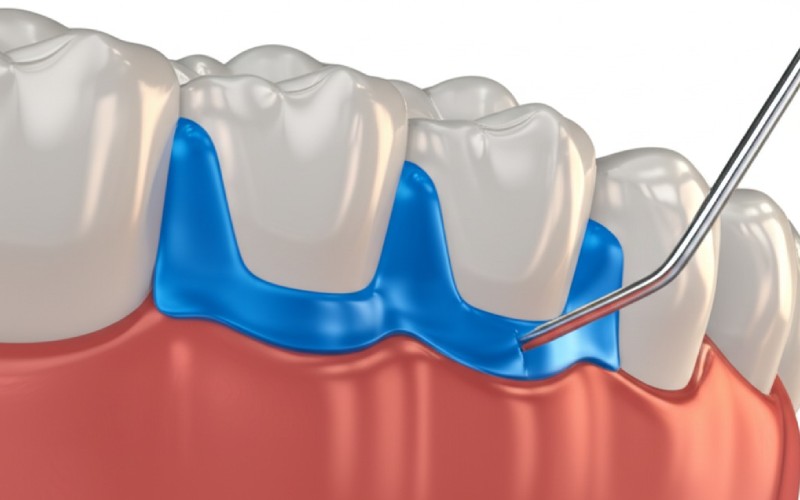
Your Dental Visit Decoded: The Step-by-Step Art of a Filling
Now that you know the tools, let’s see how it all comes together. What’s it like in the chair when you’re getting a top-quality filling with a modern matrix?
- Getting Ready: After you’re numb and comfy, the dentist will clean out all the decay from the tooth.
- Keeping it Dry: For new composite fillings to stick right, the tooth has to be completely dry. Your dentist will probably use a dental dam—a thin rubber sheet that acts like a raincoat for your tooth.
- Picking the Right Mold: The dentist or assistant picks out the perfect size sectional band and wedge for your tooth.
- Building the Wall: The band is slipped into place and the wedge is pushed in to seal the bottom. Then the separating ring is placed over everything, hugging the band to the tooth and creating that tiny, temporary space.
- Placing the Filling: With the “mold” set up, the dentist can now put in the bonding agents and the composite filling material, shaping the top, chewing part of the tooth. Then they harden it with the blue light.
- The Big Reveal: This is the cool part. The ring, wedge, and band are taken away. What’s left is a perfectly shaped filling with a super-tight fit.
- Final Touches: The dentist will do a final finishing and polishing to make the filling smooth, check your bite to make sure it feels right, and let you take a look in the mirror.
Troubleshooting: When Fillings Don’t Feel Right
What if you have a filling right now that’s causing problems? Now you know what’s likely going on.
- “My floss keeps shredding or catching.” This usually means there’s a small ledge or overhang where filling material leaked past the band. It’s a trap for gunk and should be fixed by your dentist. They can usually just smooth it out.
- “Food is always getting stuck in there.” This is the number one sign of an open contact or a gap between teeth, probably because the old matrix system couldn’t create the right shape or pressure.
- “The side of my tooth just feels flat.” This is a shaping problem, and it’s common with older filling methods.
The good news is that these things can be fixed. Sometimes it just needs a small adjustment. Other times, the best fix is to replace the filling using the new-school sectional matrix system to get it right for good.
Your Role in a Great Restoration
The world of dental matrices is more complicated and interesting than most people think. It’s a field that’s always improving, with new materials and easier-to-use designs coming out all the time, all to make your fillings better.
You don’t need to be an expert or tell your dentist what tools to use. They’re the pros. But by understanding the why behind it all, you can be a smarter patient.
So, what’s the takeaway?
- A “simple” filling isn’t really simple. It’s a very technical job that takes a lot of skill and the right tools.
- The shape of your filling really matters. The right shape and a tight fit are key for your comfort, healthy gums, and stopping problems before they start.
- Modern tools make a huge difference. Sectional matrix systems have pretty much solved the old problems of food traps and gaps between teeth.
- Talk to your dentist. Don’t be afraid to ask questions. If you’ve had bad experiences with fillings before, tell them. You can ask things like, “How do you make sure the teeth will touch tightly?” or “What do you do to stop food from getting stuck?”
A great dentist will be happy to tell you about their process. They care about their work and want you to have the best result. Getting a top-notch, perfectly sealed and shaped filling is one of the best things you can do for your mouth and your peace of mind. After all, you deserve a filling that you can forget is even there.

